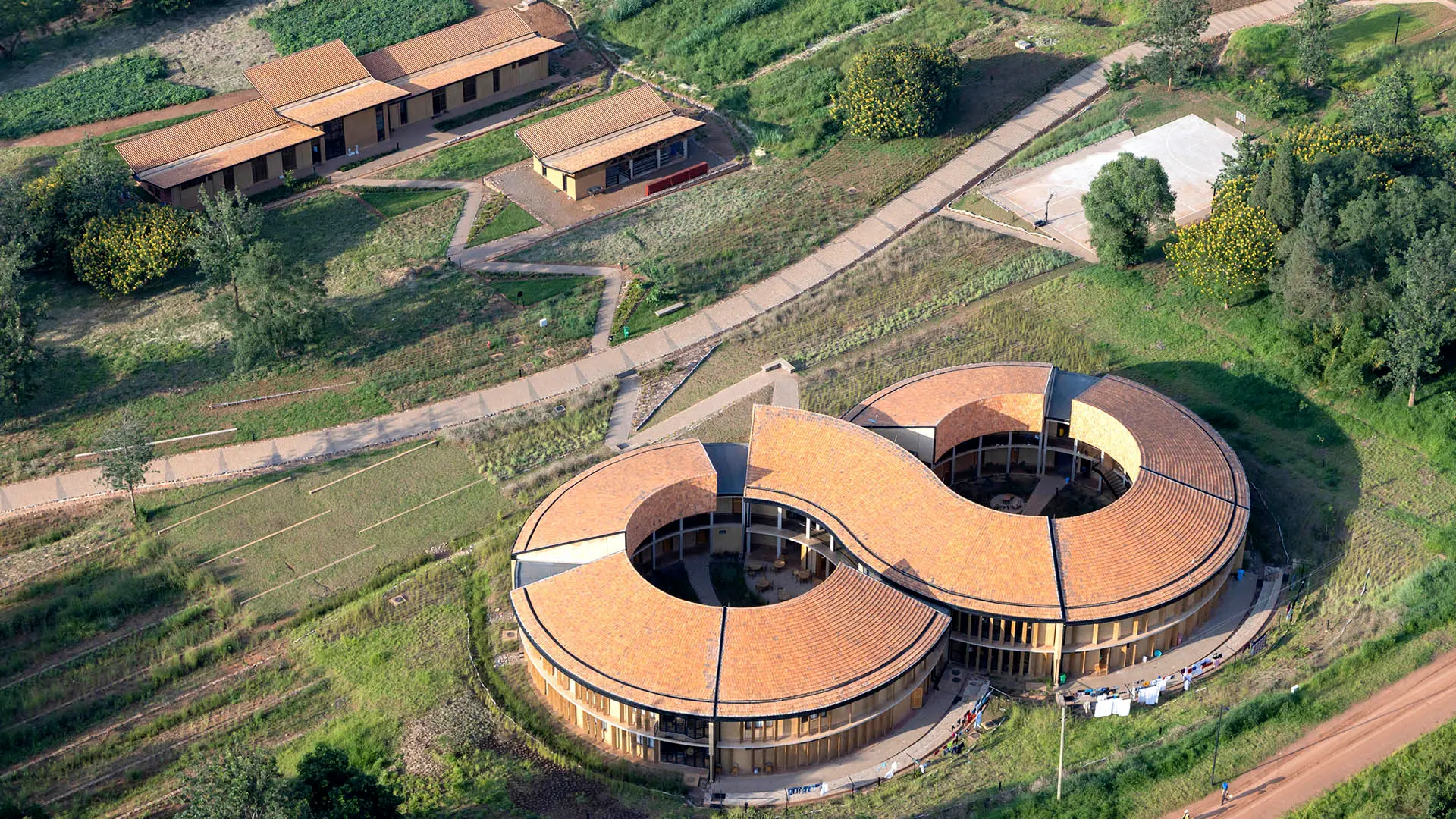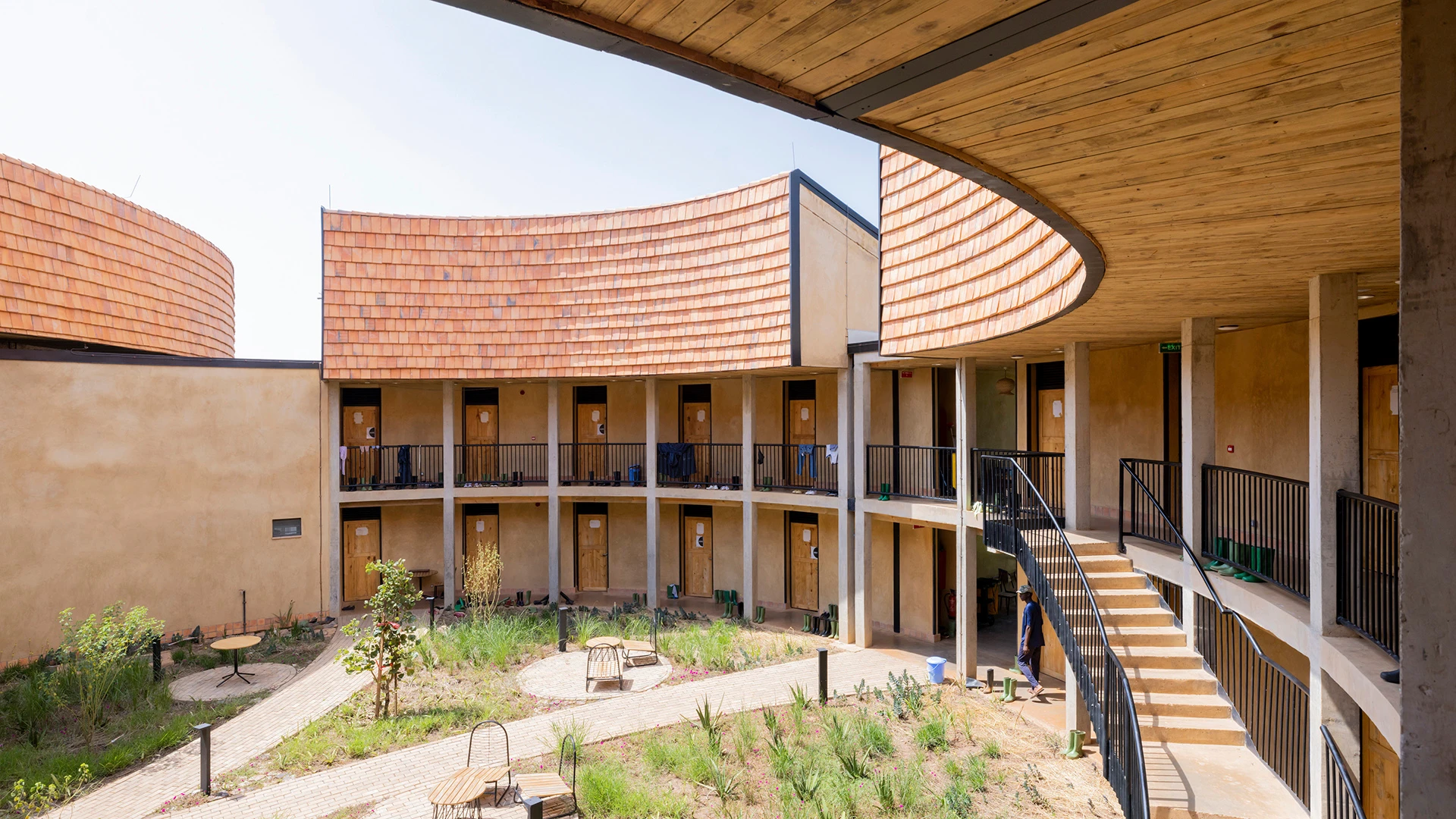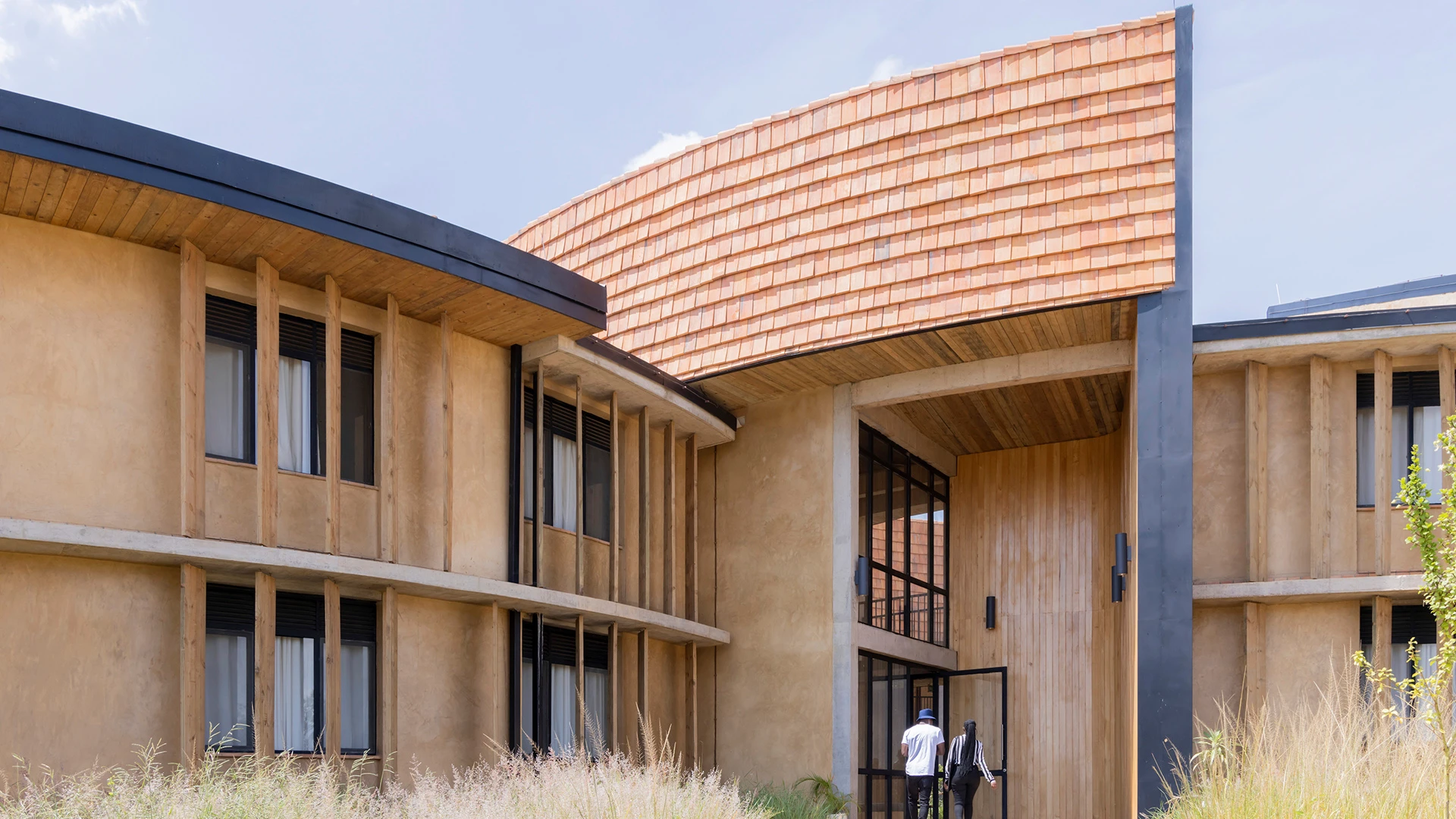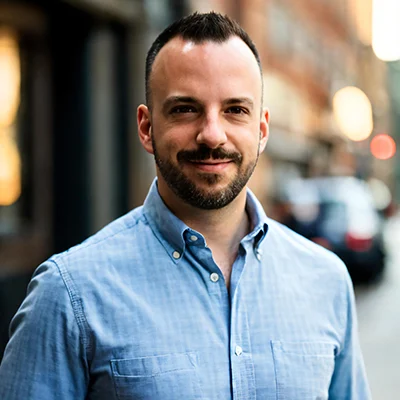& Construction

Integrated BIM tools, including Revit, AutoCAD, and Civil 3D
& Manufacturing

Professional CAD/CAM tools built on Inventor and AutoCAD
From polar bears, glaciers, and skiing to coastal cities, clean air, and coral reefs, the list of potential casualties from climate change is as long as it is devastating. For policymakers around the world, however, perhaps the most concerning thing about climate change isn’t how it might impact defenseless animals, cherished beaches, or beloved winter pastimes. Rather, it’s how it might affect the global food supply.
“The climate crisis is driving global hunger now and threatens to trigger catastrophic humanitarian needs,” the United Nations’ World Food Programme declared in its October 2023 report, Changing Lives: Climate Action for People & Planet. “In 2022, climate extremes were the primary driver of acute food insecurity for 56.8 million people in 12 countries.”
Given the increasing number and frequency of threats that face global food production—heat waves, hurricanes, wildfires, floods, and droughts, just to name a few—it’s not hard to imagine that number ballooning to include many more people in many more countries. In even the wealthiest nations, a single ill-timed disaster affecting a wide swathe of farmers could have catastrophic consequences for millions of vulnerable individuals and families.
Clearly, food insecurity from climate change is a global problem. To solve it, however, policymakers must start by taking local action.
In Africa—where the United Nations expects the population to double by 2050, exacerbating food insecurity even further—examples abound. One particularly powerful example, for instance, exists in Rwanda. In 2023, work was completed on the world’s first climate-positive university: the Rwanda Institute for Conservation Agriculture (RICA), where it teaches a new generation of farmers to embrace regenerative agriculture practices that can feed more people with less impact on the environment.
By promoting a more sustainable way of farming and building, RICA offers a roadmap for mitigating the many negative impacts of climate change, of which food insecurity is only one.
The project was made possible through both government support and international investment. Funded by the Howard G. Buffett Foundation and built on 3,400 acres furnished by Rwanda’s Ministry of Agriculture and Animal Resources, the university aims to provide hands-on, training-based education with localized research to create agriculture that’s more sustainable and resilient.
The $75 million campus, located in the rural community of Karama, was designed and built by MASS Design Group. During the first phase, MASS built infrastructure on the remote site, including water, electricity, and an access road. “The whole village became like a small city,” says architect Noella Nibakuze, a design director working at MASS’s Kigali, Rwanda, studio and design team lead for the RICA project. “You could see economic activities picking up immediately just because of the road and the lights—people were excited to be out after 6 p.m. and have the lights on.”
Construction of the university began in 2018, and the campus opened in phases. Phase one was completed in 2019, phase two in 2022, and phase three in 2023, according to Nibakuze, who says the campus encompasses more than 69 buildings, including housing for students and faculty, classrooms, barns, storage, and agricultural processing facilities. First-year students learn traditional smallholder farming practices on 5-acre plots that mimic the family farms that dominate Rwandan agriculture. Second- and third-year students learn specialized agriculture practices and entrepreneurship at an industrial scale, with the goal of preparing them to start and run successful agribusinesses after they graduate.
The campus and curriculum are centered around conservation agriculture, including no-till farming, continuous-cover cropping, crop rotation, water stewardship, and resource management.
“Rwanda is a small country, and it’s very hilly, so the space to farm already is very limited,” Nibakuze says. “If our population doubles by 2050, there will be more people and even less land to farm. That’s where the whole curriculum started: How can students learn to produce more, in a sustainable way, and on much less land?”
It was MASS’s idea to make RICA as sustainable in its architecture as it is in its agricultural practices, according to Nibakuze. “We were not asked to do sustainability in any form, but it was important for us to demonstrate that it’s possible to build with low-carbon construction methods,” she says.
As a signatory of the American Institute of Architects’ 2030 Commitment, which has agreed to reach carbon neutrality by 2030, MASS integrated sustainability into its design at every opportunity. The entire campus is off-grid, drawing 100% of its energy from an on-site solar farm. The campus sources all its water from an adjacent lake and cleans it in on-site water and wastewater treatment plants. Stormwater is managed with natural bioswales composed of native plants, and buildings were oriented to maximize natural light and ventilation, practically eliminating the need for mechanical ventilation and artificial lighting. Plus, RICA will be climate-positive—sequestering more carbon than it emits—by 2040 thanks to long-term reforestation efforts.
Most impressive is the fact that MASS sourced 96% of its materials, by weight, from Rwanda, which dramatically reduced emissions from transportation. This includes fixtures and furnishings, which MASS designed and fabricated with the help of 85 Rwandan artisans, entrepreneurs, and cooperatives. Together, they produced more than 3,300 items that will minimize long-term waste since they can be maintained and repaired locally, whereas imports are typically discarded and replaced when they break.
Among the locally sourced materials were rammed-earth and compressed-earth blocks and terracotta roof tiles made from on-site soil and clay. Earth has been used for thousands of years worldwide, including in Rwanda. However, its use was prohibited in Rwanda due to safety concerns. Instead, concrete blocks and clay bricks, produced in an unsustainable manner, were prevalent, explains Nibakuze, who adds that the material’s poor safety record is largely due to its use in home builds without the help of an engineer or trained mason. “Earth blocks were legalized for limited residential applications in 2019; MASS later worked with the Government of Rwanda and other stakeholders to write new standards and guidelines for use.”
Compressed-earth blocks were a sustainable choice—they are significantly lower in embodied carbon than steel. It’s also a choice that’s emblematic of the university’s mission: Because conservation agriculture is all about maintaining healthy soil, it made perfect sense to build with the same soil that students would be stewards of, according to Nibakuze. MASS also used local stone and sustainably managed timber sourced regionally from Rwanda, Tanzania, and South Africa. The former was used for building foundations and the latter for roof structures.
Technology was a key enabler of success, Nibakuze says. Especially helpful were Autodesk Revit and BIM360. The former enabled multidisciplinary collaboration among architects, engineers, and contractors by centralizing project information and facilitating real-time communication. The latter served as an on-site construction-management platform to track communications, review models, and schedule work.
MASS also used AutoCAD for traditional design work and Civil 3D to design sustainable water-management strategies, including systems for stormwater management, rainwater harvesting, and water-efficient landscaping.
“Overall, AutoCAD, Revit, and Civil 3D play a crucial role in the design and construction of sustainable buildings by enabling designers to optimize building performance, select environmentally friendly materials, manage resources efficiently, and collaborate effectively to achieve sustainability goals,” Nibakuze says. She adds that it all boils down to time savings: By streamlining communication, administration, and document management, architects can spend more time solving design challenges in ways that reduce their projects’ environmental impact.
That was the case for RICA and could be the case for many other projects like it. “We hope to see more people taking the time to make sure their buildings don’t have such a big impact on the environment,” Nibakuze says. “It’s not just Rwanda. I hope the whole continent, and world, embraces sustainable architecture and local materials as something that is beautiful and that represents local culture and heritage.”
Matt Alderton is a Chicago-based freelance writer specializing in business, design, food, travel, and technology. A graduate of Northwestern University's Medill School of Journalism, his past subjects have included everything from Beanie Babies and mega bridges to robots and chicken sandwiches. He may be reached via his website, MattAlderton.com.
AECO
AECO
Image courtesy of Modus Studio
AECO







